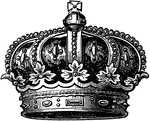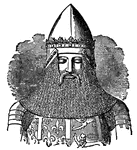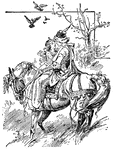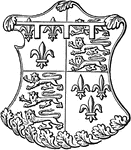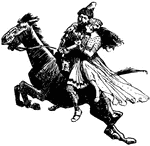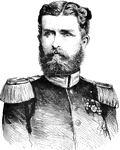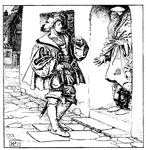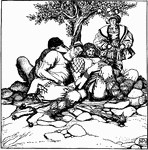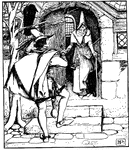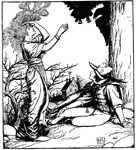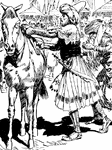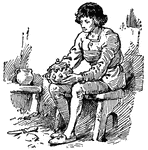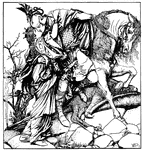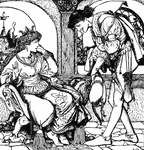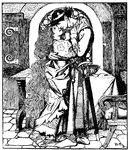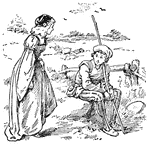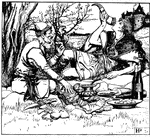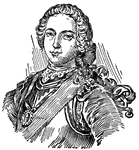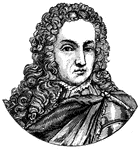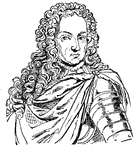Clipart tagged: ‘prince’
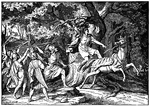
Absalom is Killed by Joab While Hanging in a Tree
"Then said Joab, I may not tarry thus with thee. And he took three darts in his hand, and thrust them…
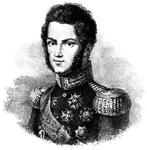
Prince Charles Albert of Carignano
An illustration of Prince Charles Albert of Carignano, born in Turin on 1798. Prince Albert succeeded…
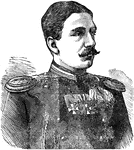
Alexander of Bulgaria
Alexander Joseph of Battenberg (April 5, 1857 - November 17, 1893), the first prince (knyaz) of modern…

Assyrian Princess in Full Dress
In ancient Assyria, princes, princesses, and priests vied with each other in luxury.

Black Prince
"A contemporary portrait of the Black Prince when he was not armed, which consequently may be agreeably…
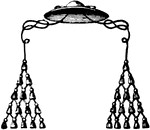
Cardinal Hat
"Cardinal, an ecclesiastical prince in the Roman Catholic Church, who has a voice in the conclave at…
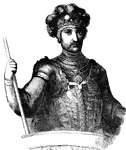
Edward the Black Prince
(1330-1376) Prince Edward never became king, for he was outlived by his father.
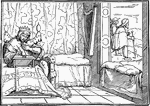
The Happiness of the Godly
The Happiness of the Godly, from Hans Holbein's series of engravings known as his Bible Cuts.
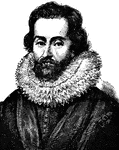
James the First
He ruled in Scotland as James VI from 24 July 1567, when he was only one year old, succeeding his mother…
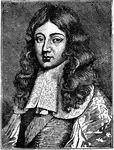
James, Duke of Monmouth
James Crofts, later James Scott, 1st Duke of Monmouth and 1st Duke of Buccleuch (April 9, 1649 –…

Lion
"The lion holds an important place among the animals born in coat-armor. As early as the 12th century,…
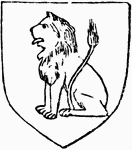
Lion
"The lion holds an important place among the animals born in coat-armor. As early as the 12th century,…
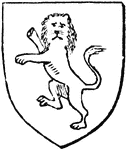
Gardant Lion
"The lion holds an important place among the animals born in coat-armor. As early as the 12th century,…
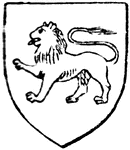
Passant Lion
"The lion holds an important place among the animals born in coat-armor. As early as the 12th century,…
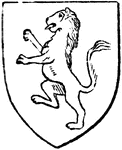
Rampant Lion
"The lion holds an important place among the animals born in coat-armor. As early as the 12th century,…
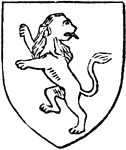
Rampant Regardant Lion
"The lion holds an important place among the animals born in coat-armor. As early as the 12th century,…
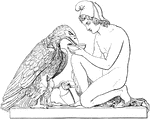
Sculpture
This sculpture depicts Ganymede feeding an eagle. Ganymede is a prince from Greek mythology.

